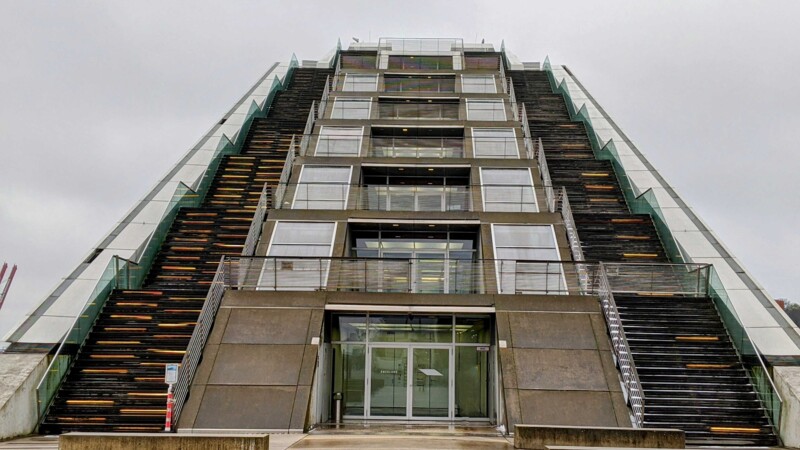Asked about developments since a previous interview with Hamburg News in 2023, Axmann replied: "Quite a lot and not really much at the same time." Quantum bits (qubits) can exist in two states simultaneously. The famous "Schrödinger's cat" thought experiment, in which a cat is both dead and alive, illustrates the fantastic possibilities of quantum mechanics and the enormous computing power. That prerequisites quantum computers with many low-error qubits. “However, quantum computers are not yet powerful enough for commercial applications,” said Axmann. But that may be possible next year. In 2021, the Ministry for Economics and Energy promised the German Aerospace Center (DLR) €740 million to build German prototype quantum computers within four years. “Unfortunately, cost-cutting has reduced funds to €540 million,” said Axmann, and pointed to a setback in Germany's commitment to research. According to the German government's 2023 action plan for quantum technologies: "The German government aims to establish and consolidate Germany and Europe as quantum technology leaders through targeted, long-term support."
Computer simulations are key to achieving the perfect mix of intelligent transport systems, improved protection from cyberattacks and new alloys for aircraft components among others. Now, quantum computers could revolutionise such procedures. The year 2025 is the United Nations' International Year of Quantum Science and Technology. Dr Robert Axmann, Head of the DLR Quantum Computing Initiative, tells Hamburg News about the potential of this forward-looking technology.
Schrödinger's cat
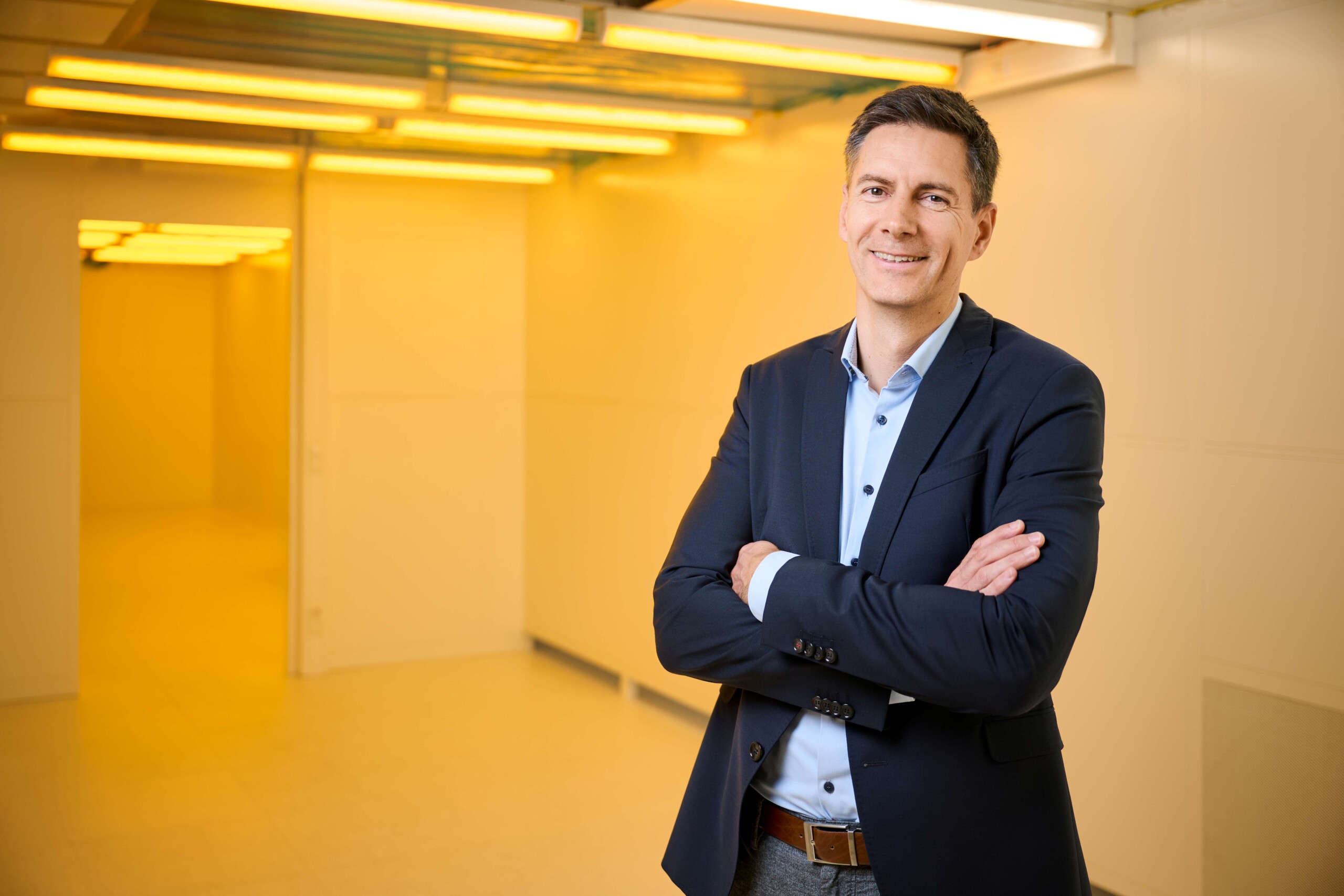
Quantum computing ecosystem
“Despite the funding cuts, Hamburg has a promising quantum computing ecosystem,” Axmann stressed, adding: “Five quantum computers are being built at our innovation centre in Lokstedt and will be made available to DLR research teams and industrial partners across Germany.' Various fields of application are being explored to see how quantum technologies can be used more effectively than conventional computers for problem solving. The first milestones, i.e., demonstrators have already been achieved. While Axmann is expecting even bigger systems in 2027, he also urges caution: “Not all projects will be successful.” Thus, DLR is pursuing a strategy of technological openness. Its branch in Ulm, southern Germany, is developing universal quantum processors based on photonic circuits and neutral atoms, while the branch in Hamburg is focusing on ion traps. An initial approach was taken in the QSea 1 project. Six projects in Hamburg are developing quantum computers and the associated production methods. “DLR has invested a significant sum in Hamburg,” noted Axmann. So, when might the first superior quantum computer be presented? “I expect to see the first practical benefits in five years.”
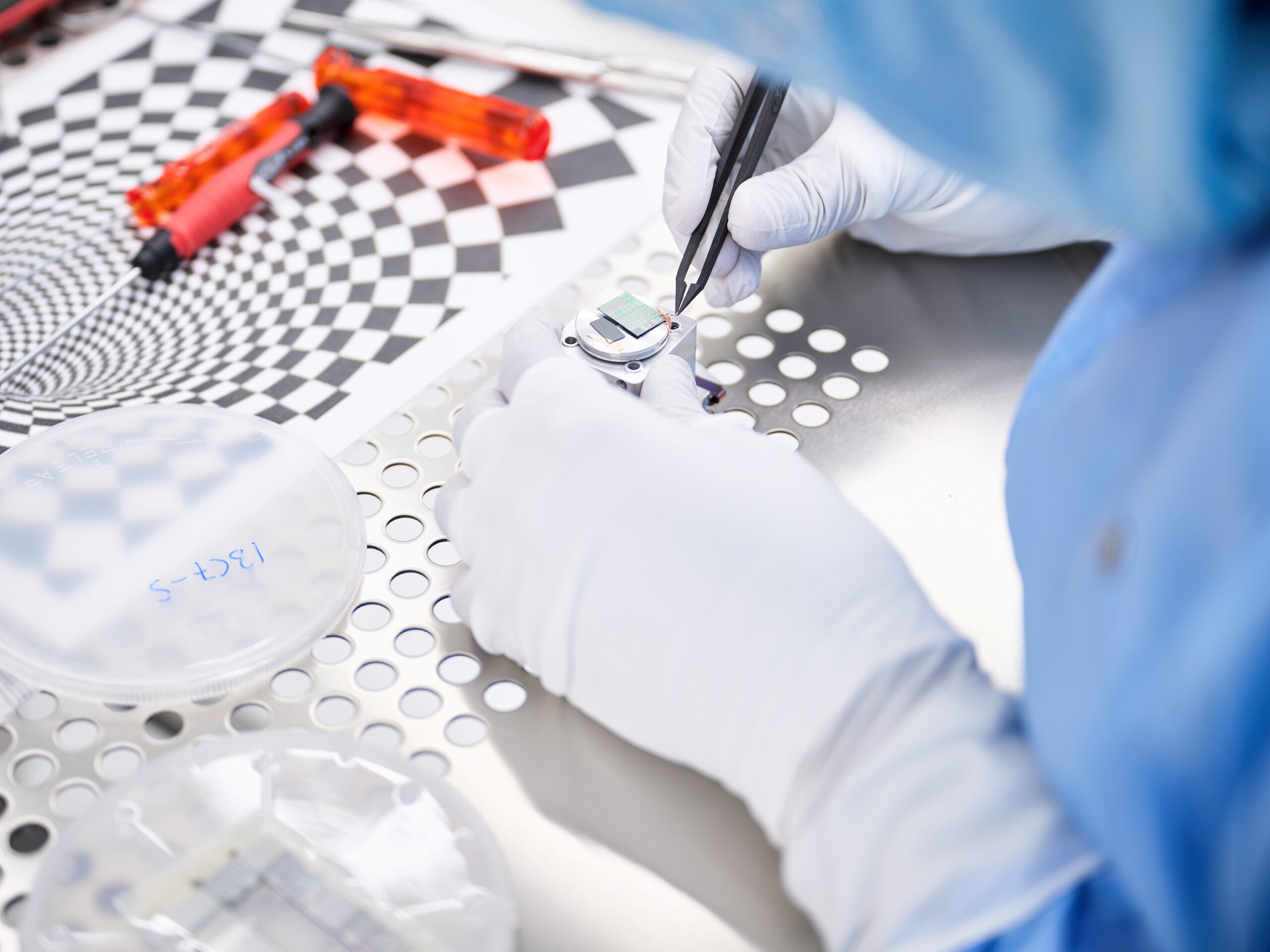
Use cases in Hamburg
"However, we must identify promising applications for this complex technology now," said Axmann, citing two use cases in Hamburg's ecosystem.
Mobility
"The QCMobility project focuses on optimising air, rail and road transport, as well as the maritime environment and intermodal transport," said Axmann. Simplified demonstration problems will be inputted into quantum computing hardware at DLR Innovation Centres, and the results of the project will inform the "Quantum Computing and Mobility" roadmap. Fraunhofer, Lufthansa Industry Solutions, DB and Dachser are among the stakeholders, DLR is demonstrating the practical usability of quantum computing for real-time traffic optimisation and control applications as part of the Quantum-Inspired Traffic Signal Control (QI-TraSiCo) project.
Artificial intelligence
Quantum computing and AI are key, forward-looking technologies. "AI excels at complex computing tasks, but quantum computing could solve them far more effectively and become a new catalyst of AI," Axmann believes. The QCoKaIn project combines both technologies to automatically identify anomalies in large amounts of data. The emphasis is on "hybrid quantum computing", i.e. the interaction of quantum computers and supercomputers, which is considered a promising approach. QCoKaIn also incorporates causal inference. This modern field of research combines statistics and machine learning to analyze cause-and-effect relationships in data. If, for instance, unusual data from a flight is registered, QCoKaIn can document the anomaly and filter out the causes - ideally in real time to calculate solutions immediately.
Huge potential
Quantum computing could be also used in materials science and for developing new alloys through simulation, Axmann said. "Quantum computers could significantly speed up this process. We could literally save years by trying out different combinations of molecules and identifying relevant candidates that have significantly improved e.g., thermal conductivity, corrosion behaviour or temperature resistance." Axmann also has high hopes for cryptography. "We are working with the German Federal Office for Information Security and are investigating the security of cryptosystems in the age of powerful quantum computers." Initially, the aim is to better understand attacks and thus to improve encryption. However, the ultimate goal is post-quantum cryptography or essentially developing cryptographic processes using quantum computers as protection from quantum computers.
ys/pb
Learn more about this topic in the #ueberdentellerrand podcast (episode 83) with Anisa Rizvanolli, Head of Research "Maritime Scientific Computing and Optimization" at the Fraunhofer CML and in episode 48 with Natalie Rotermund and Benedikt Mehmel of the Hamburg Quantum Innovation Capital Initiative (HQIC)
Sources and further information
More
Similar articles
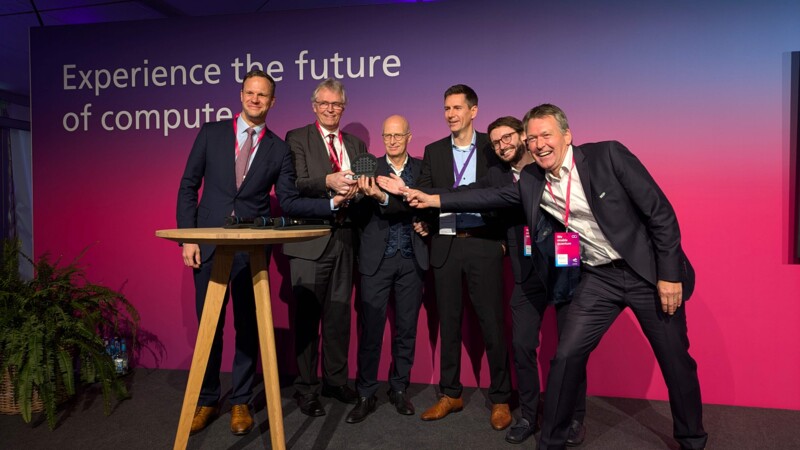
Quantum computing making leap from theoretical to practical

Quantum computing to boost airport handling
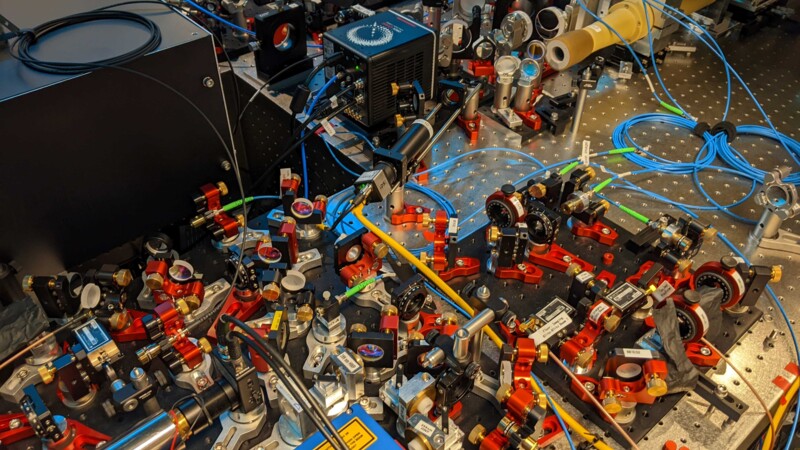
Rymax One to make Hamburg leading quantum computing centre
